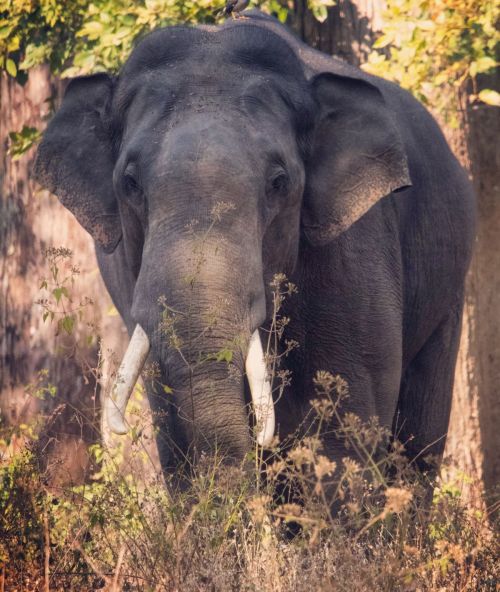22 facts about Amur leopard
Amur leopards are the world’s rarest wild cats. One of eight leopard subspecies, the Amur leopard is easily distinguished from its cousins. Despite be ...
This wild cat is very similar to the European cat, which is the common shorthair cat. It is characterized by a slightly larger mass and size.
In the wild, it is difficult to tell whether the animal is a purebred wild cat or a hybrid with the European cat, as these species often interbreed.
There are two species of wildcat: the European wildcat (Felis silvestris) and the African wildcat (Felis lybica), which are very similar, but the European species (which is the subject of this article) has longer fur, more vivid coloration, and is slightly larger.
Despite its friendly appearance, the European wildcat is almost impossible to keep as a pet.












